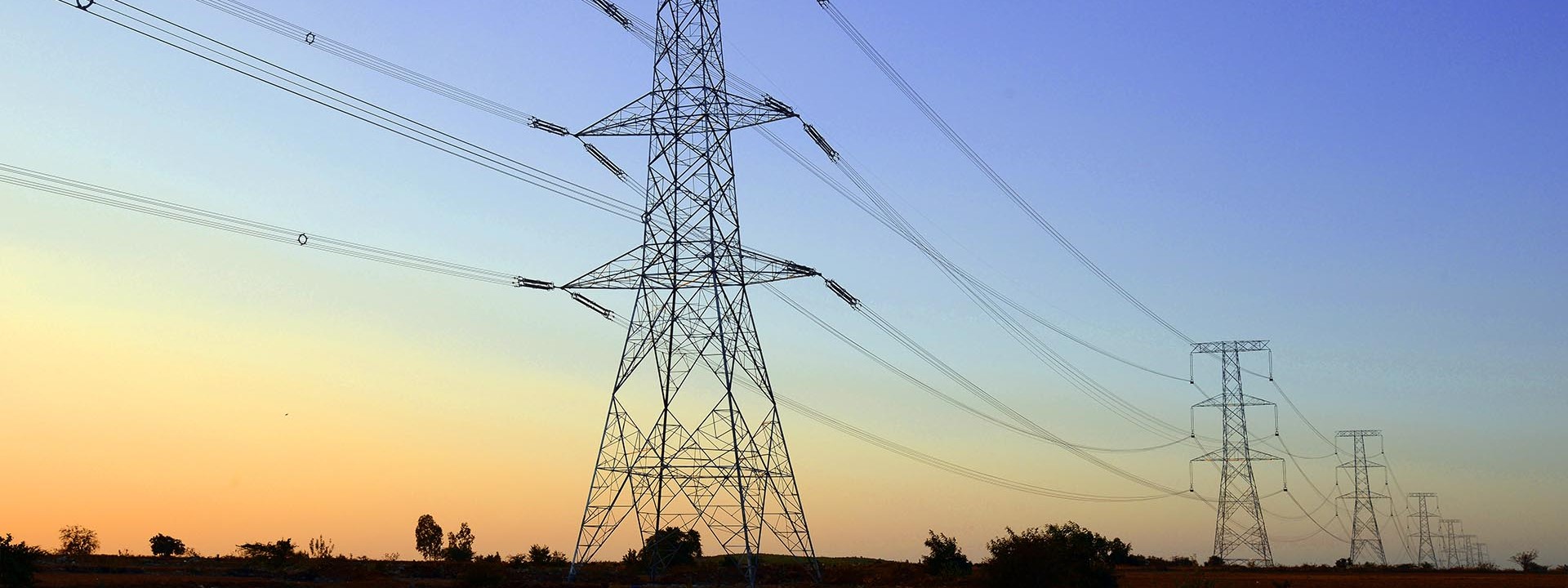The Madhya Pradesh Electricity Regulatory Commission (Terms and Conditions for Determination of Tariff for supply and wheeling of Electricity and Methods and Principles for Fixation of Charges) Regulations, 2021 (RG-35 (III) of 2021) and amendments which has been analysed by Team Eninrac to project repercussions on the key stakeholders.
Based on the details from the MPERC public notice and tariff proposals outlined in the document, here is a comprehensive analysis of the repercussions for various stakeholders, with a particular focus on open access transactions for Commercial and Industrial (C&I) consumers in Madhya Pradesh and India are indicated as below:
Repercussions for Stakeholders
-
Commercial and Industrial (C&I) Consumers
-
Impact of Tariff Changes:
- Introduction of kVAh Billing: Transitioning to kVAh billing simplifies the billing process but eliminates power factor incentives. This increases costs for consumers with suboptimal power factor management, especially large industrial consumers.
- Green Energy Charges: Proposed charges for Renewable Purchase Obligations (RPOs) and carbon footprint reduction may increase operational expenses, compelling C&I consumers to reassess renewable energy adoption and carbon reduction strategies.
-
Open Access Transactions:
-
Economic Implications:
- Increased wheeling and cross-subsidy charges could erode the financial viability of open access power procurement.
- Discontinuation or reduction in ToD rebates during specific hours, particularly for nighttime operations, diminishes the cost advantages for open access consumers operating during those times.
-
Operational Adjustments:
- Proposed ToD tariff structures may incentivize consumers with smart meters to shift operations to solar hours (9 AM - 5 PM) to avail rebates.
- Increased fixed and demand charges could discourage open access adoption by reducing the marginal savings from bypassing traditional discom power procurement.
-
Compliance and Investments:
- Enhanced metering and data requirements (e.g., for ToD billing and kVAh calculations) may necessitate investments in smart meters and power quality improvement systems.
-
-
-
Distribution Companies (DISCOMs)
- Revenue Security: The tariff revisions aim to close the revenue gap (₹4,107 crore), reducing financial stress on DISCOMs.
-
Operational Efficiency:
- Enhanced focus on smart metering and time-based tariffs aligns with national goals of grid modernization and demand-side management.
- Adoption of cluster-based tariff billing for under-electrified areas (Jhuggi/Jhopadi) helps streamline revenue collection and loss reduction.
-
Renewable Energy Generators
-
Opportunities:
- Green Energy Charges promote RPO compliance and carbon offset initiatives, creating demand for renewable energy sources.
-
Challenges:
- Tariff uncertainties and fluctuating wheeling charges could complicate planning and investment for renewable energy developers engaging with open access consumers.
-
-
Policymakers and Regulators
- Alignment with National Policies: Implementation of ToD tariffs, kVAh billing, and green energy charges reflects broader national priorities like sustainable energy use and consumer empowerment under the Electricity Act amendments.
- Need for Regulatory Oversight: Ensuring that proposed charges do not discourage open access participation is critical to maintaining competitive energy markets.
-
Small & Medium Enterprises (SMEs)
- Cost Pressures: SMEs dependent on open access might face squeezed margins due to increased wheeling and cross-subsidy charges. Without economies of scale, their ability to shift to renewable or optimize power usage may be limited.
- Adaptability Challenges: Limited access to capital could hinder adoption of smart meters or power factor correction systems.
Repercussions for Stakeholders
-
Optimize Power Factor Management:
- Invest in capacitor banks or reactive power management systems to mitigate higher costs from kVAh billing.
-
Leverage Smart Meters:
- Utilize ToD rebates by aligning high-consumption processes during solar hours.
-
Adopt Renewable Energy Solutions:
- Consider on-site solar installations or long-term green power purchase agreements to offset green energy charges and enhance RPO compliance.
-
Evaluate Open Access Viability:
- Regularly assess open access benefits versus traditional procurement, factoring in revised wheeling and cross-subsidy charges.
-
Engage with Regulators:
- Participate in public hearings to voice concerns about tariff changes and their impact on competitiveness.




